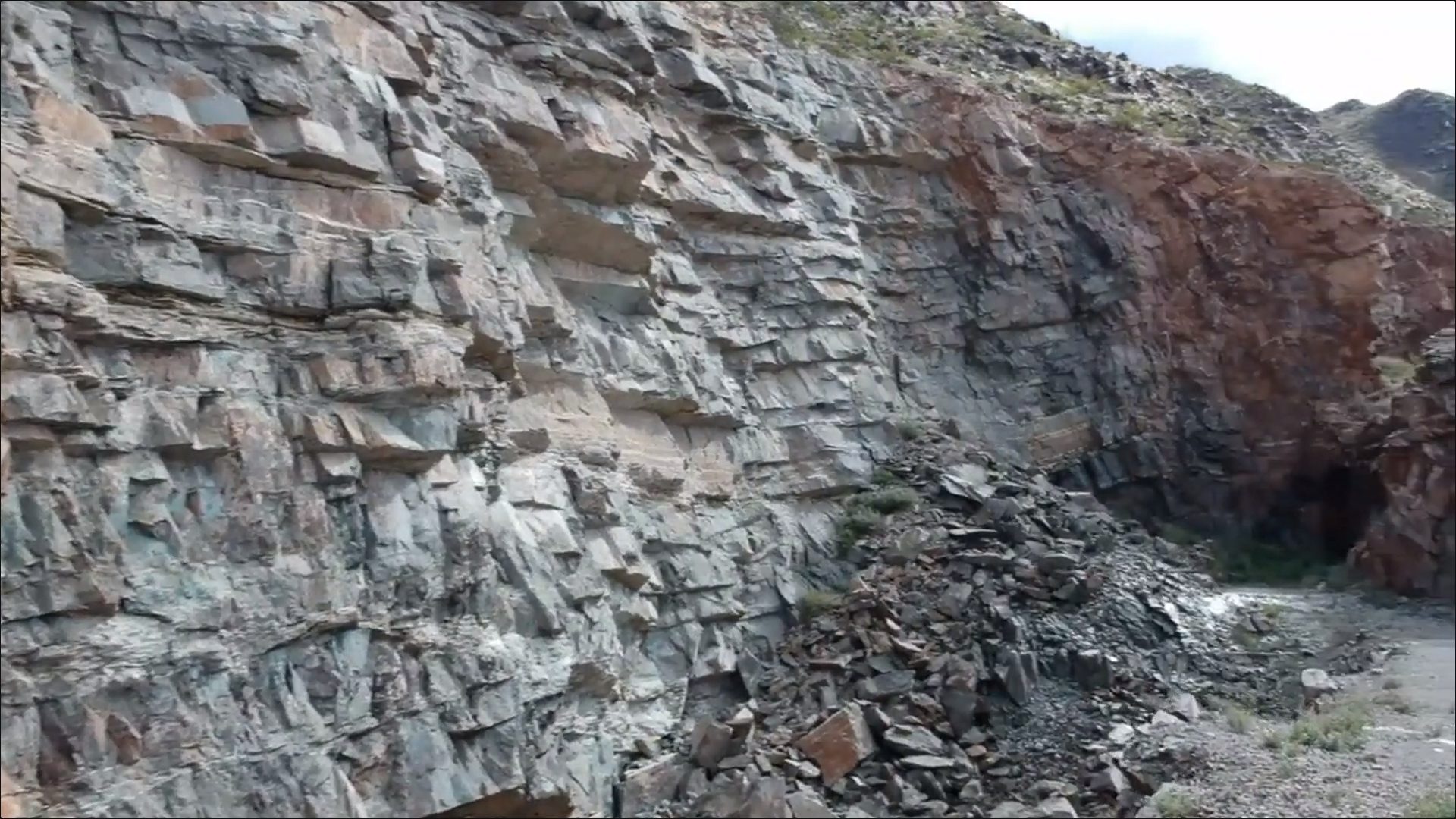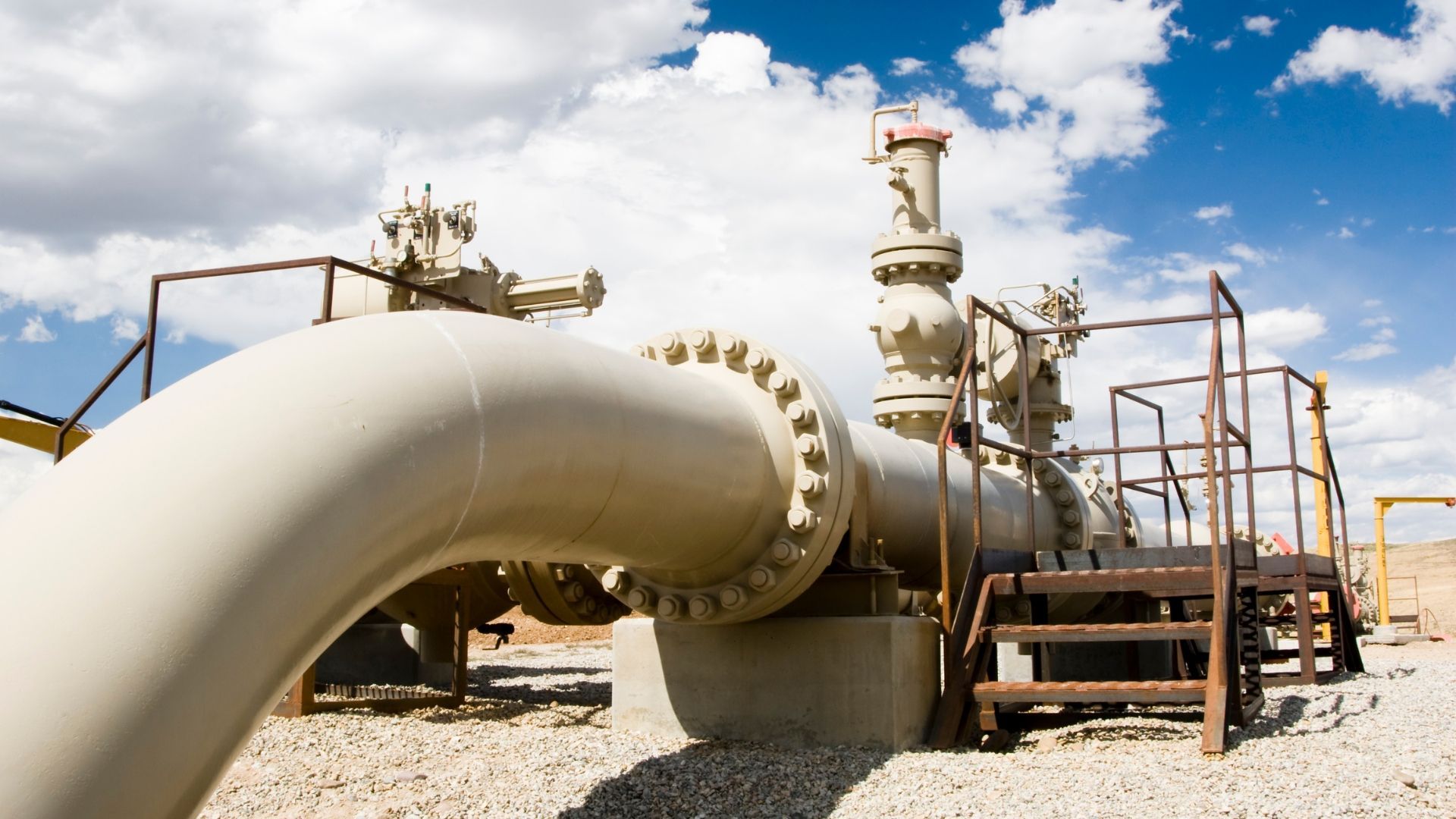WASHINGTON, D.C. — The U.S. Department of Energy’s (DOE) Office of Fossil Energy and Carbon Management (FECM) today announced two projects selected to receive a total of $23.2 million to evaluate the potential of oil and gas production and geologic storage of carbon dioxide (CO2) from unconventional reservoirs through a combined process that uses captured CO2 emissions to recover residual oil—called CO2 enhanced oil recovery (CO2-EOR). The projects will help evaluate the feasibility for permanent storage of CO2 in depleted unconventional shale oil and gas reservoirs, repurposing existing infrastructure in support of the Biden-Harris Administration’s historic decarbonization goals.
“Today we’re investing in a key opportunity to use carbon dioxide to recover a greater portion of our country’s energy resources without drilling new wells,” said Brad Crabtree, Assistant Secretary of Fossil Energy and Carbon Management. “At the same time, these projects will study the ability to transition unconventional oil reservoirs into carbon storage reservoirs—reducing the carbon intensity of oil production while supporting our nationwide efforts to capture and permanently store carbon dioxide to slow the harmful effects of climate change.”
CO2-EOR is a technique used to recover oil, typically from mature conventional oil fields that are no longer productive using traditional oil recovery methods, which can leave up to two-thirds of the original oil in place. In conventional oilfields, the CO2-EOR process is not only effective in increasing ultimate oil recovery, but the depleted reservoir can provide a geologic formation suitable for permanent storage of CO2 emissions during and after the oil recovery process. Following the useful production life of the reservoir, the location can then be used for continued injection and storage of captured CO2 such that it remains permanently underground in the geologic formation, thereby prevented from entering the atmosphere.
The two selected projects will focus on examining the effectiveness of the CO2-EOR with geologic storage process when applied to low-permeability, light-oil unconventional reservoirs that have dominated new production in recent years, as well as understand the potential to safely store CO2 in these complex systems. In conjunction with this testing, the projects will collect critical data on how CO2-EOR and carbon storage can be co-optimized with the goal of reducing the carbon footprint of the incremental oil produced.
- GTI Energy (Des Plaines, Illinois) will develop an integrated field laboratory study for incremental oil recovery and to test the feasibility of CO2 storage in depleted unconventional reservoirs in Texas’s Midland Basin.
- University of North Dakota Energy & Environmental Research Center (Grand Forks, North Dakota) will conduct laboratory, modeling, and field studies for injecting CO2 into an unconventional reservoir located in the Williston Basin’s Bakken Formation for incremental oil recovery along with CO2 storage.
DOE’s National Energy Technology Laboratory (NETL), under the purview of FECM, will manage the selected projects. A detailed list of the selected projects can be found here.
The two selected project teams were required as part of their applications to submit Community Benefits Plans to demonstrate meaningful engagement with and tangible benefits to the communities in which these projects will be located. These plans provide details on their commitments to community and labor engagement, quality job creation, diversity, equity, inclusion and accessibility and benefits to disadvantaged communities as part of the Justice40 Initiative.
FECM minimizes environmental and climate impacts of fossil fuels and industrial processes while working to achieve net-zero emissions across the U.S economy. Priority areas of technology work include carbon capture, carbon conversion, carbon dioxide removal, carbon dioxide transport and storage, hydrogen production with carbon management, methane emissions reduction, and critical minerals production. To learn more, visit the FECM website, sign up for FECM news announcements, and visit the National Energy Technology Laboratory website.







